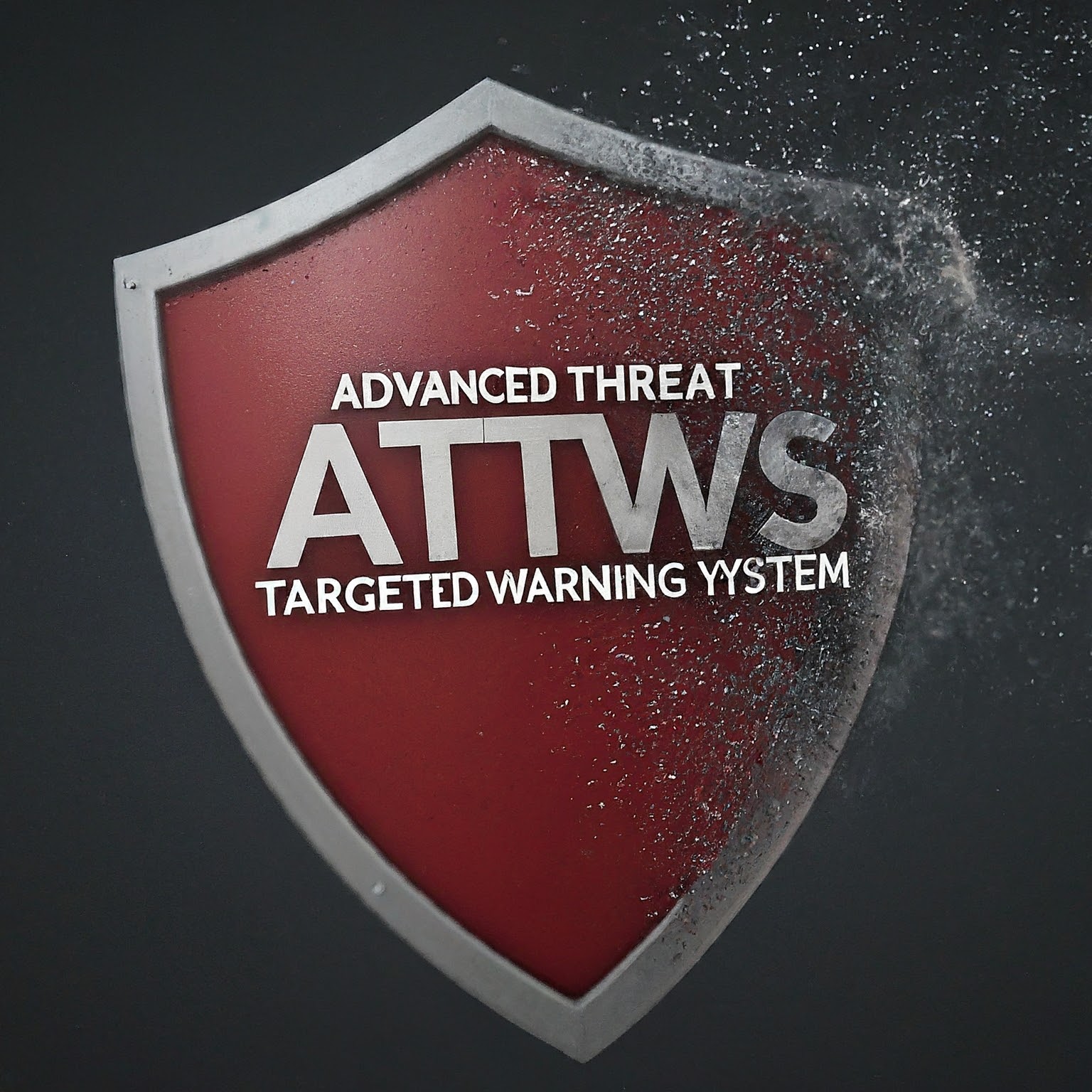The transportation industry is on the cusp of a significant revolution. Autonomous trucks and platooning systems (ATTWS) represent a transformative technology with the potential to reshape logistics, safety, and efficiency on a global scale. This article delves into the intricacies of ATTWS, exploring its current state, future prospects, and the potential impact it holds for the world.

The Rise of Autonomous Trucks: Redefining Road Logistics
Autonomous trucks, also known as self-driving trucks, are vehicles equipped with advanced sensors, cameras, and artificial intelligence (AI) that enable them to navigate roads without human intervention. These trucks utilize a combination of technologies, including:
- LiDAR (Light Detection and Ranging): Creates a 3D map of the surroundings using laser pulses.
- Radar (Radio Detection and Ranging): Detects objects and their relative speed using radio waves.
- Cameras: Capture visual information about the environment.
- GPS (Global Positioning System): Provides precise location data.
- AI and Machine Learning: Analyze sensor data to make real-time decisions about steering, braking, and maintaining lane discipline.
The development of autonomous trucks is driven by several factors:
- Safety: Autonomous trucks have the potential to significantly reduce accidents caused by human error, which is a major concern in the trucking industry.
- Efficiency: Autonomous trucks can operate for longer periods without breaks, leading to increased efficiency and productivity.
- Fuel Savings: Optimized driving patterns and reduced traffic congestion can lead to improved fuel efficiency.
- Labor Shortage: The trucking industry faces a shortage of qualified drivers, and autonomous trucks offer a potential solution.
While autonomous truck technology is still under development, several companies are actively testing and deploying them on a limited scale. Here are some prominent players in the autonomous trucking industry:
- Waymo Via
- Aurora
- TuSimple
- Daimler Trucks
- Volvo Group
Platooning Systems: The Power of Collaboration
Platooning systems involve a group of trucks traveling in close proximity, electronically connected and operating in a coordinated manner. The lead truck sets the speed and direction, while the following trucks automatically adjust their movements to maintain a safe distance. This technology offers several benefits:
- Improved Fuel Efficiency: By reducing aerodynamic drag, platooning can significantly improve fuel efficiency for all participating trucks.
- Increased Road Capacity: Platooning allows for more vehicles to occupy the same road space, effectively increasing road capacity.
- Enhanced Safety: The close communication between trucks in a platoon can potentially prevent accidents due to sudden braking or lane changes.
The implementation of platooning systems requires infrastructure upgrades, including designated lanes for platoons and communication networks to facilitate data exchange between trucks. However, the potential benefits make it a technology worth exploring.
ATTWS: A Symbiotic Relationship
Autonomous trucks and platooning systems are not mutually exclusive technologies; they are designed to work together synergistically. Imagine a scenario where a fleet of autonomous trucks operates in platoons, maximizing efficiency and safety while traversing long distances. This combined approach, ATTWS, holds immense promise for the future of transportation.
Here’s how ATTWS can revolutionize logistics:
- 24/7 Operations: Autonomous trucks can operate continuously, eliminating the need for driver breaks and rest periods.
- Optimized Routes and Speeds: AI-powered route planning and speed optimization can further enhance efficiency.
- Reduced Traffic Congestion: Platooning can improve traffic flow and reduce congestion, especially on long-haul routes.
- Lower Transportation Costs: The combined benefits of ATTWS can lead to significant cost reductions for shippers and consumers.
Challenges and Considerations for ATTWS Implementation
Despite the exciting potential of ATTWS, several challenges need to be addressed before widespread adoption becomes a reality:
- Technological Maturity: Autonomous truck technology is still under development, and further advancements are needed to ensure reliable and safe operation in various weather and road conditions.
- Regulatory Landscape: Clear and comprehensive regulations are necessary to govern the operation of autonomous trucks and platooning systems.
- Cybersecurity Concerns: Robust cybersecurity measures are crucial to protect ATTWS from hacking and other malicious activities.
- Public Perception: Building public trust and acceptance of autonomous trucks on public roads is essential for successful implementation.
Addressing these challenges requires collaboration between governments, technology companies, trucking companies, and the public. Open communication, rigorous testing, and a commitment to safety are paramount for ensuring a smooth transition to ATTWS.
The Road Ahead: A Glimpse into the Future of ATTWS
The future of transportation with ATTWS is bright. Here’s what we can expect in the coming years:
- Gradual Adoption: We will likely see a gradual rollout of ATTWS technology, starting with controlled environments like highways and specific routes.
- Hybrid Models: Initially, a mix of
لا تعليق